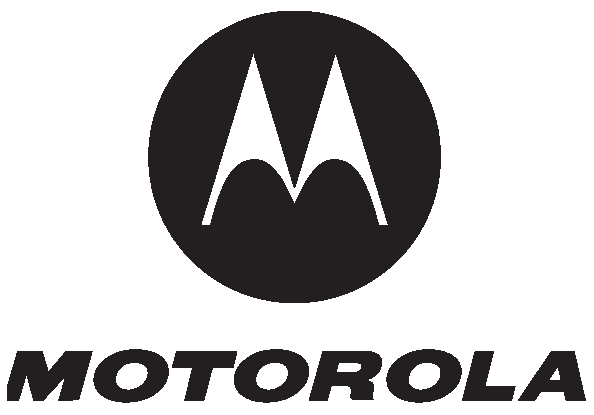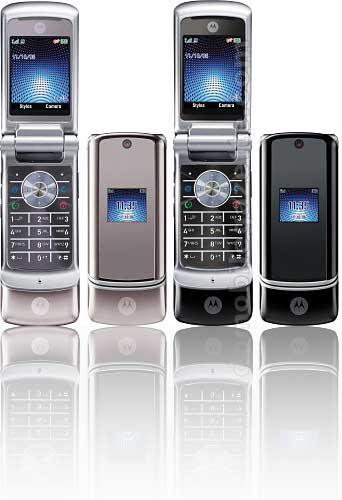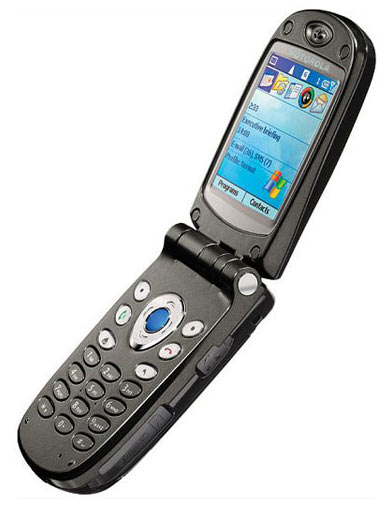|
|

Motorola started as Galvin Manufacturing Corporation in 1928. The name Motorola was adopted in 1947, but the word had been used as a trademark since the 1930s. Founders Paul Galvin and Joe Galvin came up with the name Motorola when their company started manufacturing car radios. A number of early companies making phonographs, radios, and other audio equipment in the early 20th century used the suffix "-ola," the most famous being Victrola; RCA made a "radiola"; there was also a company that made jukeboxes called Rock-Ola, and a film editing device called a Moviola. The Motorola prefix "motor-" was chosen because the company's initial focus was in automotive electronics. Many of Motorola's products have been radio-related, starting with a battery eliminator for radios, through the first walkie-talkie in the world, defense electronics, cellular infrastructure equipment, and mobile phone manufacturing. The company was also strong in semiconductor technology, including integrated circuits used in computers. Motorola has been the main supplier for the microprocessors used in Commodore Amiga, Apple Macintosh and Power Macintosh personal computers. The chip used in the latter computers, the PowerPC family, was developed with IBM and in a partnership with Apple (known as the AIM alliance). Motorola also has a diverse line of communication products, including satellite systems, digital cable boxes and
modems.
Quality systems
The Six Sigma quality system was developed at Motorola even though it became best known through its use by General Electric. It was created by engineer Bill Smith, under the direction of Bob Galvin (son of founder Paul Galvin) when he was running the company. Motorola University is one of many places that provide Six Sigma
training.
Trivia
* Motorola was generally known as Ma Batwings to the radio industry, a not-necessarily-complimentary reference to the Ma Bell moniker of the Bell System. In each case, the nickname refers to the dominant position in their respective industries.[citation needed]
* Motorola pioneered the use of sub-audible tones (trademarked as Private Line by Motorola) to control radio equipment. The most common use of these tones is to open the squelch of radios when a certain tone is received, so that users don't have to listen to all of the traffic on their frequency, listening for their own callsign. The most popular use of "subaud" tones in ham radio is to close retransmission systems to any radio not sending the appropriate tone.[citation needed]
* Motorola commercial, military and public safety radio equipment uses microphones and speakers of impedance values different than the products of nearly all other manufacturers, as a means of discouraging third-party manufacturers of earplugs, remote microphones, etc.[citation needed]
* Many ham radio mountaintop repeater systems operate Motorola radios which have been in 24-hour-per-day service, 7 days per week, since the 1960s.[citation needed]
* In the 1970s, at the height of the Quadraphonic audio boom, Motorola manufactured chipsets and semiconductors for Demodulators and Decoders in home audio receivers, by a variety of different audio manufacturers.[citation needed]


|